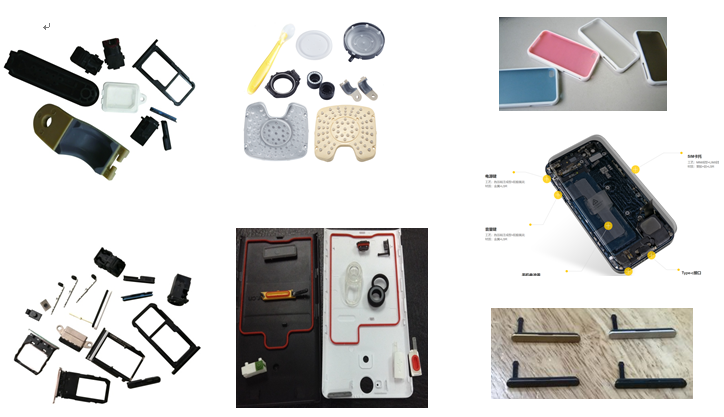中文 / English

LIQUID SILICONE RUBBER
& THERMOPLASTIC ELASTOMERS
LSR/LIM (Liquid Silicone Rubber /Liquid Injection Molding)

5 Silicone Families
Types of LSR
Medical LSR
Health Care LSR
o
Class VI
Elastomers
o
Injection
Moldable
o
Medical
devices, wound care, body contact & Implantation up to 29-days
o
Dow
Corning C6 and Q7, NuSil MED and many others
High End LSR
o
Fluoro silicone
o
Injection
moldable, under hood applications
o
Withstand
hot oils contact
o
Dow
Corning FL - 40, WacherFLR & others
Optical LSR
o
LED,
Solar, focusing optics
o
Castable,
pourable, compression moldable, barely injection moldable
o
Encapsulant
o
Excellent
for high heat, resists UV
Characteristics of LSR
Biocompatibility: Under extensive testing, liquid silicone rubber has demonstrated
superior compatibility with human tissue and body fluids. In comparison to
other elastomers, LSR is resistant to bacteria growth and will not stain or
corrode other materials. LSR is also tasteless and odorless and can be
formulated to comply with stringent FDA requirements. The material can be
sterilized via a variety of methods, including steam autoclaving, ethylene
oxide (ETO), gamma, e-beam and numerous other techniques, meeting all required
approvals such as BfR XV, FDA 21 CFR 177.2600, USP Class VI.
Durable: LSR
parts can withstand extreme temperatures, which makes them an ideal choice for
components under the hood of cars and in close proximity to engines. Parts
fabricated via liquid silicone rubber injection molding are fire retardant and
will not melt.
Chemical resistance: Liquid silicone rubber resists water, oxidation and some chemical
solutions such as acids and alkali.
Chemical resistance: Liquid silicone rubber resists water, oxidation and some chemical
solutions such as acids and alkali.
Mechanical properties: LSR has good elongation, high tear and tensile strength, excellent
flexibility and a hardness range of 5 to 80 Shore A.
Electrical properties: LSR has excellent insulating properties, which offer an appealing
option for a host of electrical applications. Compared to conventional
insulating material, silicone can perform in far higher and lower temperatures.
Transparency and pigmentation: LSR possesses a natural transparency, this attribute makes it
possible to produce, colorful, custom, molded products
“Part A + Part B” Kit Sizes
Mixing/ Feeding Systems
o Prototype Mixing System
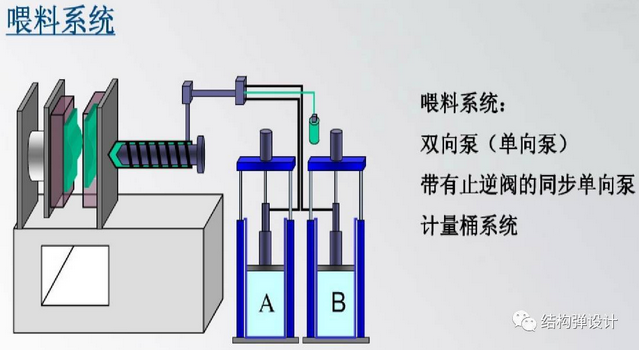
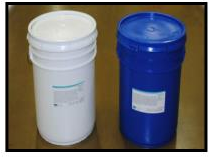
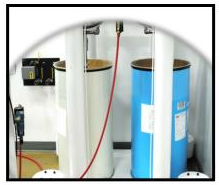
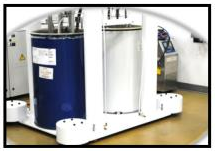
1.
Prototype
o
NPI:
Custom heated master frame and insert system
Vacuum venting is standard, “plaque mold”
o
Kipe
Frame: Custom heated master frame & insert system build by KIPE Molds.
Vacuum venting is possible
o
M.U.D.
(Master Unit Die) Built from standard size
Components purchased from catalogs
Vacuum venting only with difficulty
Not flash free & requires trimming
2. Production
o Runner less :Uses pneumatic valve gate
o Vacuum
venting standard (if required)
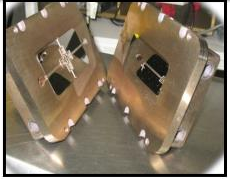
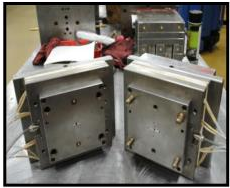
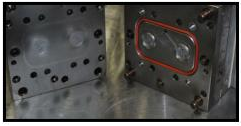
LSR Equipment
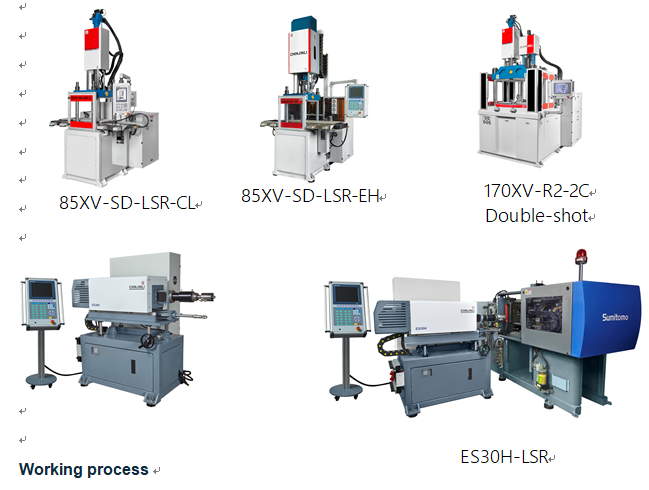
Working process
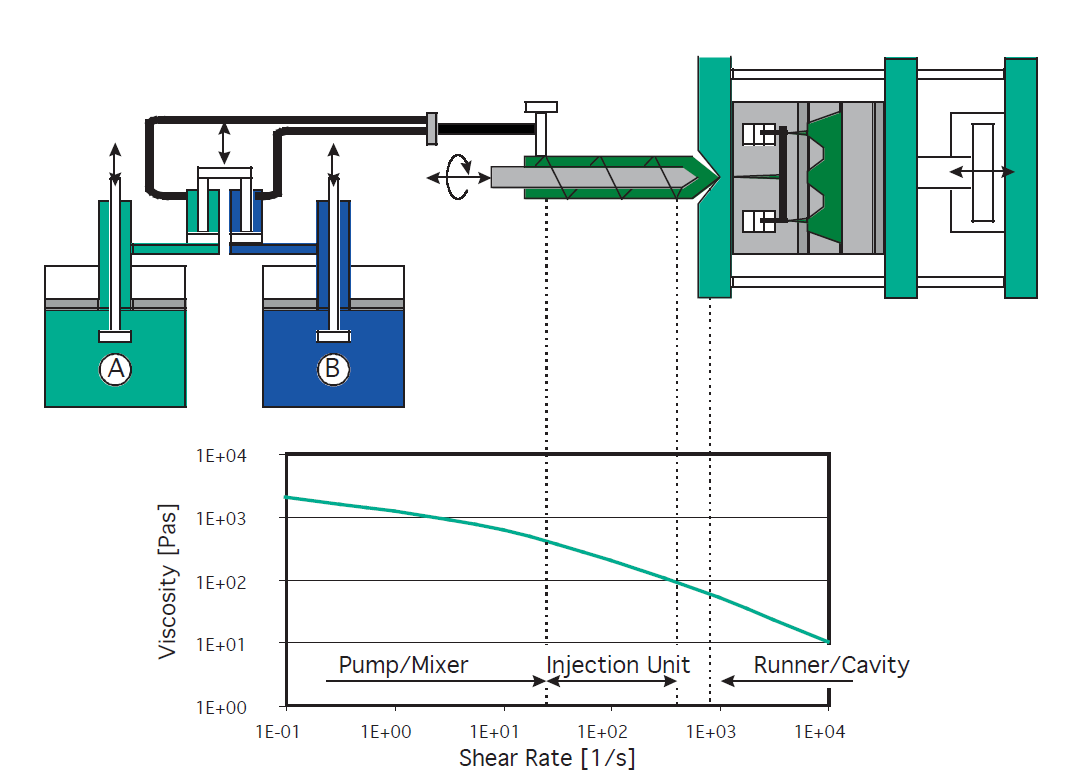
LSR vs TPE
o 4 Families of TPE’s
o TPO (Thermoplastic Olefin)- Ren
flux
o SBC (Styrene Block Co-polymer)-
Krypton
o TVP (Thermoplastic Vulcanizate)-
Santoprene
o E-TPE (Co-polyester
Thermoplastic Elastomer)- Hytrel, Arnitel
o Blend of plastics and rubbers.
o Melt process- (add heat to
soften, form and then cool to remove part).
o Limitations:
- Not
for high heat or extreme cold applications
- Not
inherently UV stable
- Need
to follow conventional good plastic part design guidelines
Advantages:
-Reasonable
wall thicknesses
-Cored
uniform wall thickness
-No
sharp corners
-Gradual
transition from thick to thin thickness
LSR
5
Families of LSR
o Commercial- Silastic RBL-2004,
KEG-2000, LR-3003
o Healthcare- C6-XXXX, Q7-XXXX
o Medical-MED-XXXX
o High End- FL 40-9201
o Optical- OE-6003, SR-7010,
SCR-5001L-2
o Thermoset: Mix & keep cool
o Heat and time determine cure
o Inject to form and heat to
“cure” the part; temperature, part thickness, and time determine cycle
o Material crosslink's, heat
accelerates the process
o Standard and custom colors readily
available
Advantages:
o Heat and cold resistant
o UV stable; good for outdoor
applications
o Can form thick wall sections and
abrupt wall thickness transitions
o Batches stability (ready-to-use
material)
o Process repeatability
o Direct injection (no waste)
o Short cycle time
o ‘free-flash’ technology (no
burrs)
o Automated process
o Automated demolding systems
Key Terms
o Elastomer- is a Polymer with the property
of Elasticity- generally having notably
Low Stiffness and high flexibility
compared with other materials.
TPE’s, LSR’s and Rubbers are all Elastomers.
o Thermoplastic Elastomers (TPE) are similar to plastics-
akin to softening butter. Should be defined by brand and grade (i.e. QST
Monprene MP-2730, color Optional).
o LSR is a thermoset Elastomer should be defined by group and hardness (i.e. Commercial 60 shore A) and ideally by brand (Momentive, Dow Corning, Wacker, ShinEtsu),and Grade Number (KEG-2000 60 Shore A).
.
Typical applications
Typical
applications for liquid silicone rubber are products that require high
precision such as
o seals
o sealing membranes
o Electric connectors
o multi-pin connectors,
Infant products where smooth surfaces are
desired, such as
o Bottle nipples,
o Medical applications as well as
kitchen goods such as baking pans, spatulas, etc.
Often, silicone rubber is over molded onto other parts made of different plastics. For example, a silicone button face might be over molded onto an nylon66 housing.
